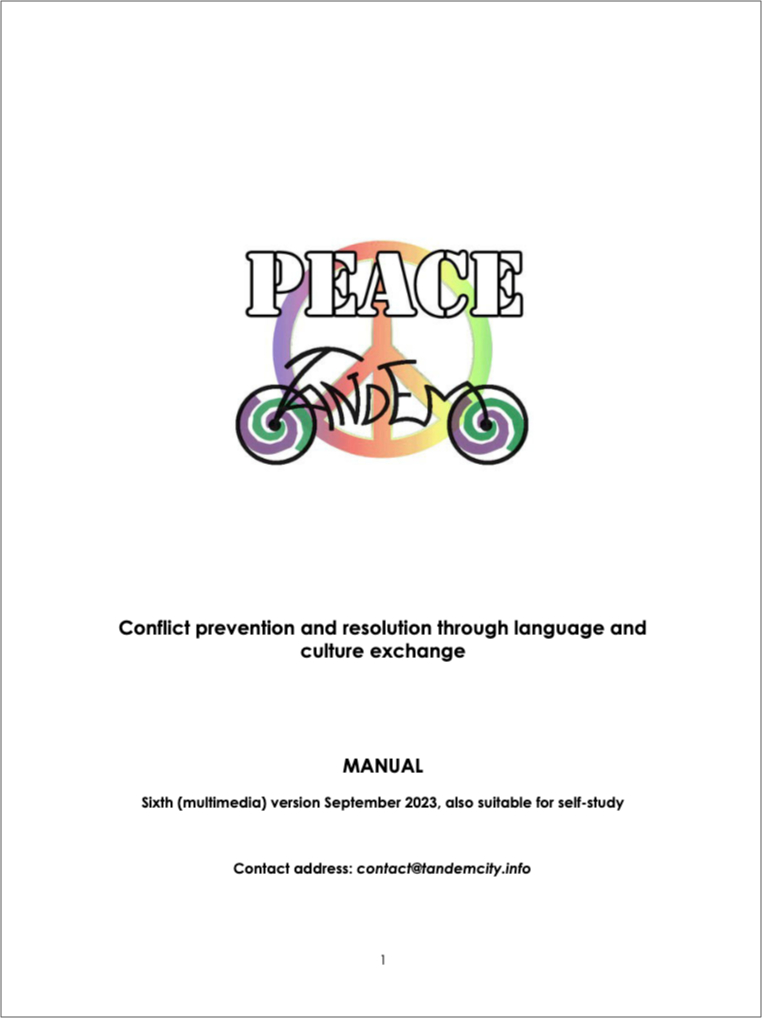Esta web utiliza Google Analytics para recopilar información anónima tal como el número de visitantes del sitio, o las páginas más populares.
Dejar esta cookie activa nos permite mejorar nuestra web.
POLÍTICA DE COOKIES
¿Qué es una Cookie?
Una Cookie es un pequeño fichero de texto que un sitio web coloca en su PC, teléfono o cualquier otro dispositivo, con información sobre su navegación en dicho sitio. Las Cookies son necesarias para facilitar la navegación y hacerla más amigable.
Si bien en la presente política se utiliza el termino general de “Cookie”, pues es el principal método de almacenamiento de información que utiliza este sitio web, también es utilizado el espacio de “Almacenamiento local” del navegador para los mismos propósitos que las Cookies. En este sentido, toda la información incluida en esta sección es aplicable igualmente a este “Almacenamiento local”.
¿Para qué se utilizan las Cookies en este sitio web?
Las Cookies son una parte esencial de cómo funciona nuestro sitio web. El objetivo principal de nuestras Cookies es mejorar su experiencia en la navegación. Por ejemplo, son utilizadas para recordar sus preferencias durante la navegación y en futuras visitas.
La información recogida en las Cookies nos permite, además, mejorar la web mediante estimaciones sobre números y patrones de uso, la adaptación del sitio web a los intereses individuales de los usuarios, la aceleración de las búsquedas, etc.
¿Quién utiliza la información almacenada en las Cookies?
La información almacenada en las Cookies de nuestro sitio web es utilizada exclusivamente por nosotros, a excepción de aquellas identificadas más adelante como “Cookies de terceros”, que son utilizadas y gestionadas por entidades externas para proporcionarnos servicios solicitados por nosotros para mejorar nuestros servicios y la experiencia del usuario al navegar en nuestro sitio web.
¿Cómo puedo evitar el uso de Cookies en este sitio web?
Si usted prefiere evitar el uso de Cookies en esta página teniendo en cuenta las limitaciones anteriores debe, en primer lugar, deshabilitar en su navegador el uso de Cookies y, en segundo lugar, eliminar las Cookies guardadas en su navegador asociadas a este sitio web.
Esta posibilidad de evitar el uso de Cookies puede ser llevada a cabo por usted en cualquier momento.
¿Cómo modifico la Política de Cookies?
Puede cambiar sus preferencias en relación a las cookies analíticas mediante las opciones habilitar/deshabilitar. El Usuario puede permitir o bloquear las cookies, así como borrar sus datos de navegación (incluidas las cookies) desde el navegador que utiliza. Para ello, puede visitar las siguientes páginas dependiendo del navegador utilizado:
¿Qué Cookies concretas utiliza este sitio web y para qué finalidades?
A continuación, se incluye un cuadro con las Cookies, que podemos activar o desactivar las utilizadas por este sitio web, junto con la descripción y ejemplo de uso de las mismas:
| NOMBRE DE COOKIE | CADUCIDAD | FINALIDAD Y TIPO DE INFORMACIÓN QUE RECOGE |
| Analítica | 2 años | Las cookies estadísticas ayudan a los propietarios de páginas a comprender cómo interactúan los visitantes con las páginas web reuniendo y proporcionando información de forma anónima. |
| | |
| | |
| | |
| | |
¡Por favor, activa primero las cookies estrictamente necesarias para que podamos guardar tus preferencias!

